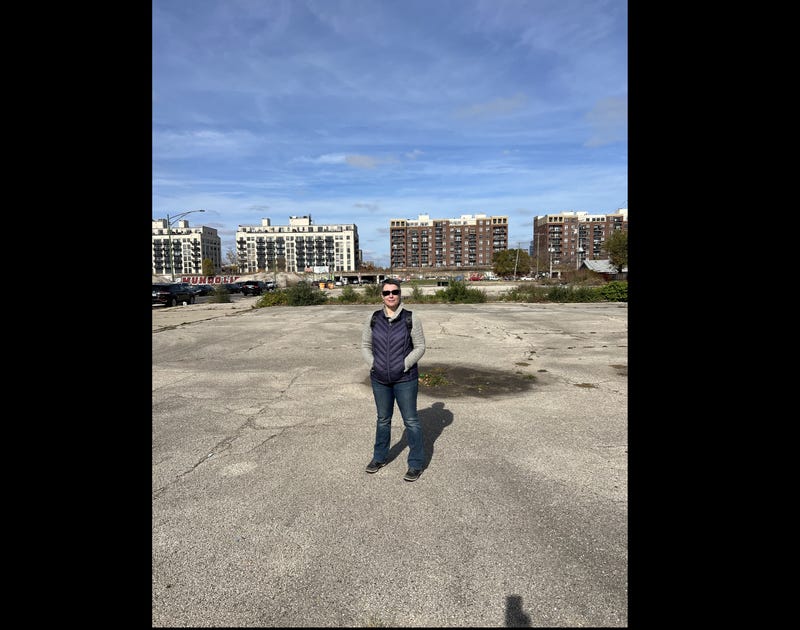
CHICAGO (WBBM NEWSRADIO) - From the streets of Pilsen, to the campus of DePaul, to the satellites of NASA, the quest for "green space" can be a complicated one.
WBBM recently went to 18th and Peoria, in Chicago's Pilsen neighborhood, to meet with Dr. Winifred Curran, a professor of Geography at DePaul University.
“Where green space is in cities is incredibly unequal, and it builds upon all the other inequalities that we know exist in the city," Curran said.
Curran's research team has been awarded a $250,000 grant from NASA to use satellite data to bring disparities in tree canopy coverage, plant diversity, and air quality into focus as part of the fight for environmental justice.
"Especially here in Pilsen, we have this...competing narrative because, yes, more green space is good, we want more green space, everyone agrees that green space is a good thing, but we don't want to do it in a way that's going to displace people."
"We just want to look at how we do it, (create green space) and also to recognize that green space doesn't magically take care of itself. The tree canopy, the way it exists in Chicago, is almost a map of investment, investment in neighborhoods,” Curran said. “Neighborhoods that have really lush, healthy tree canopies tend to be wealthier neighborhoods, tend to be white neighborhoods. Those provisions which are universally recognized to be good things, trees, green space, parks, we want to see them everywhere."
Listen to WBBM Newsradio now on Audacy!

